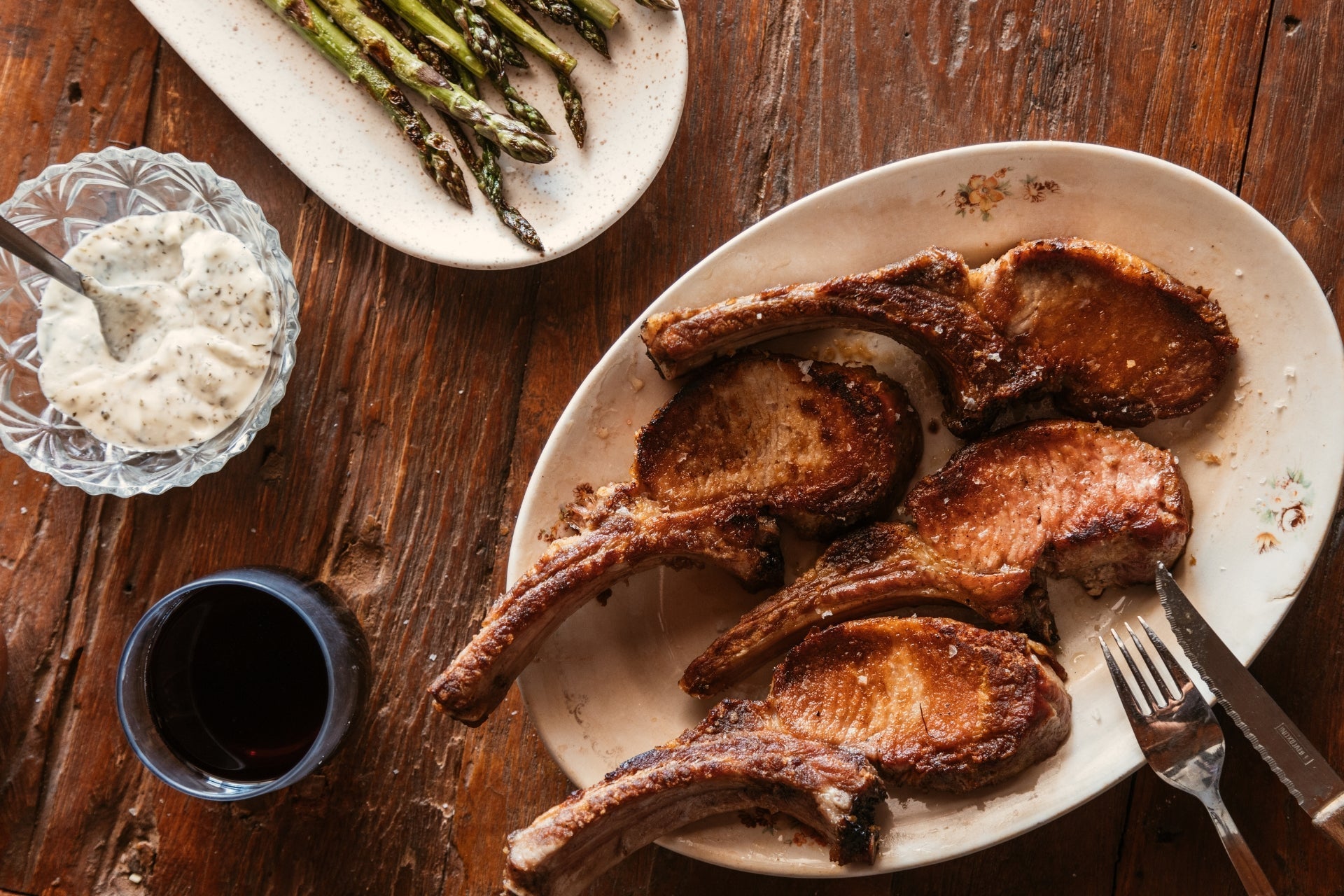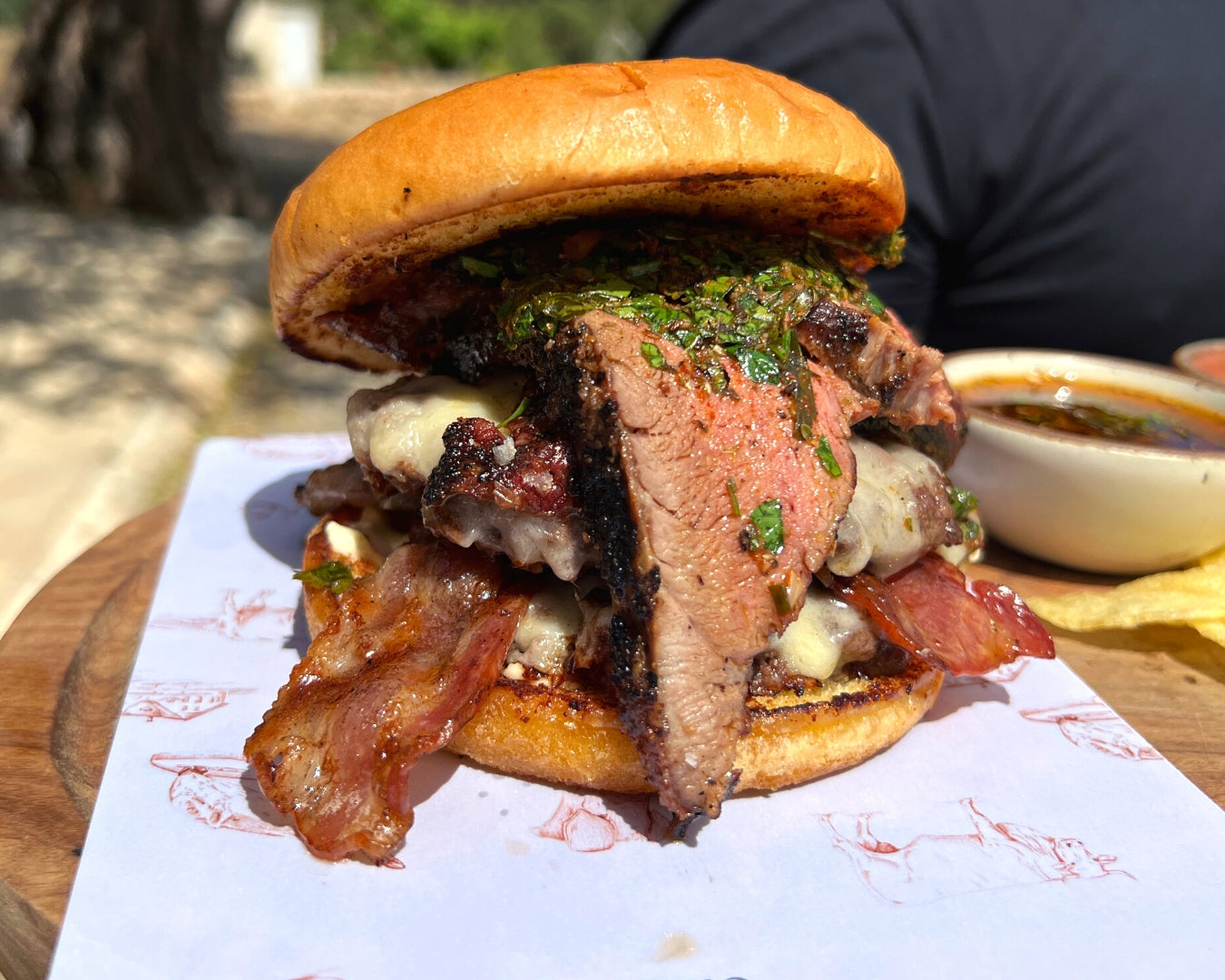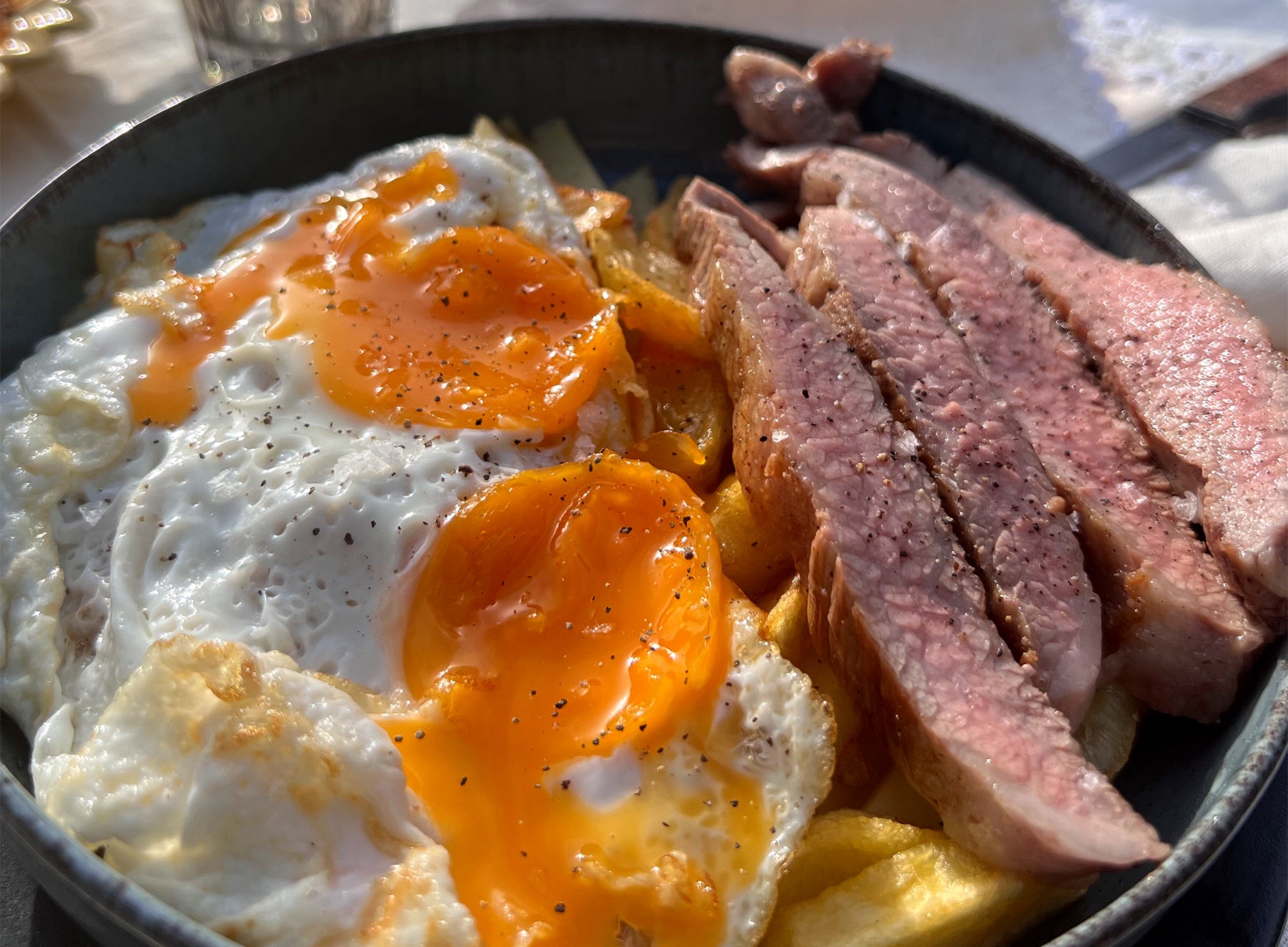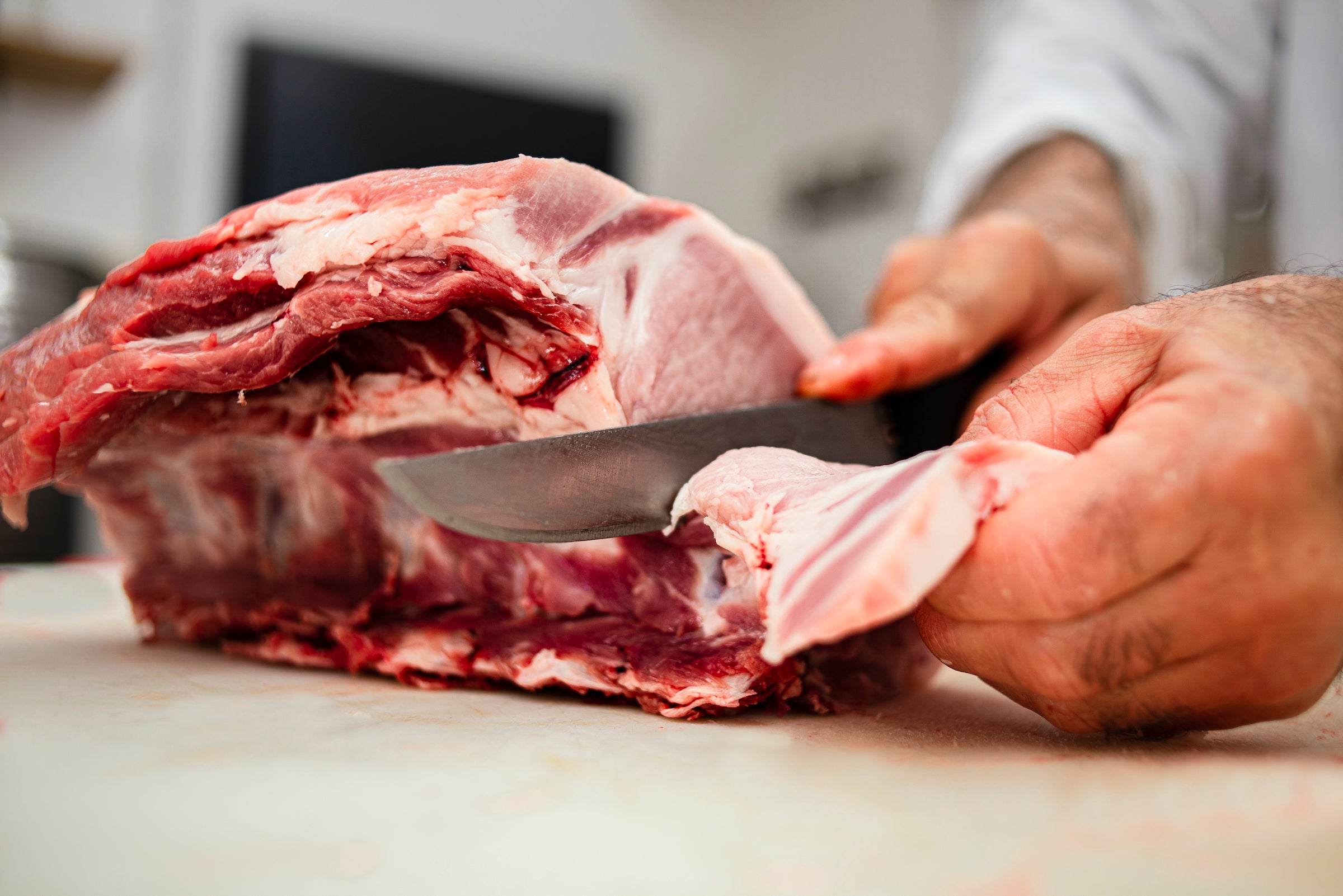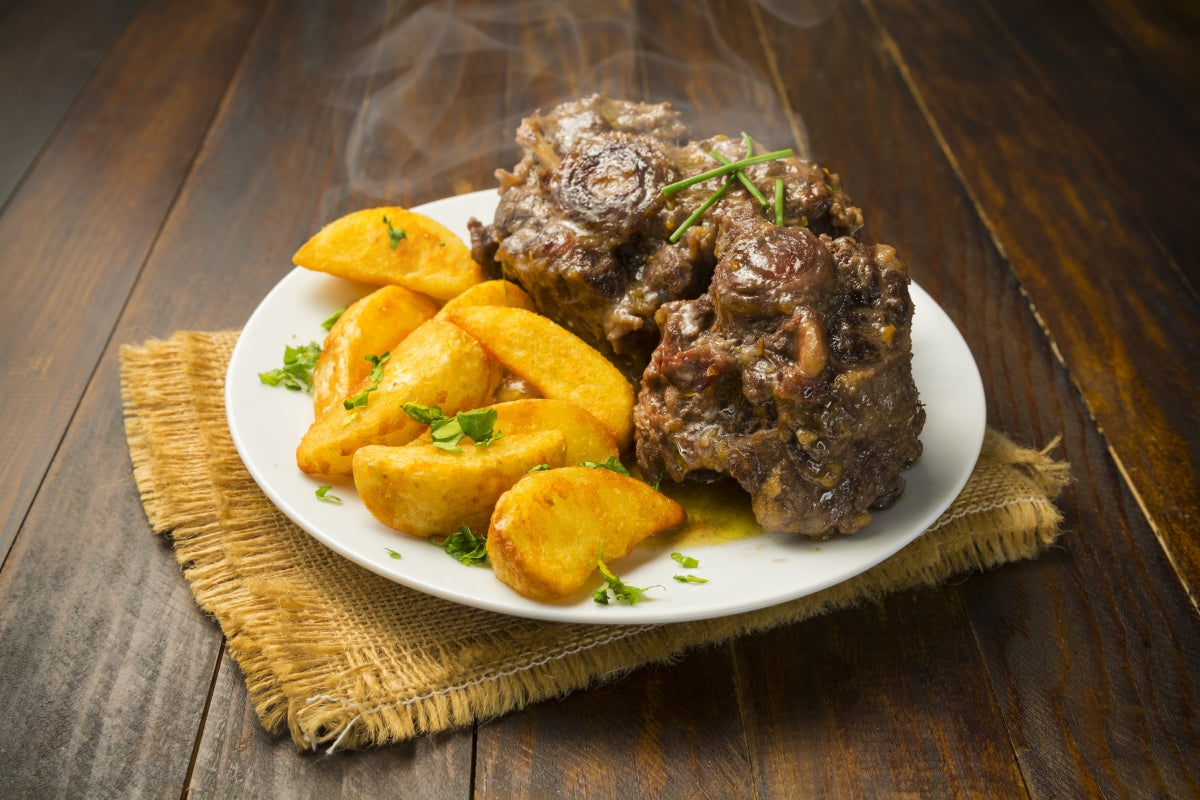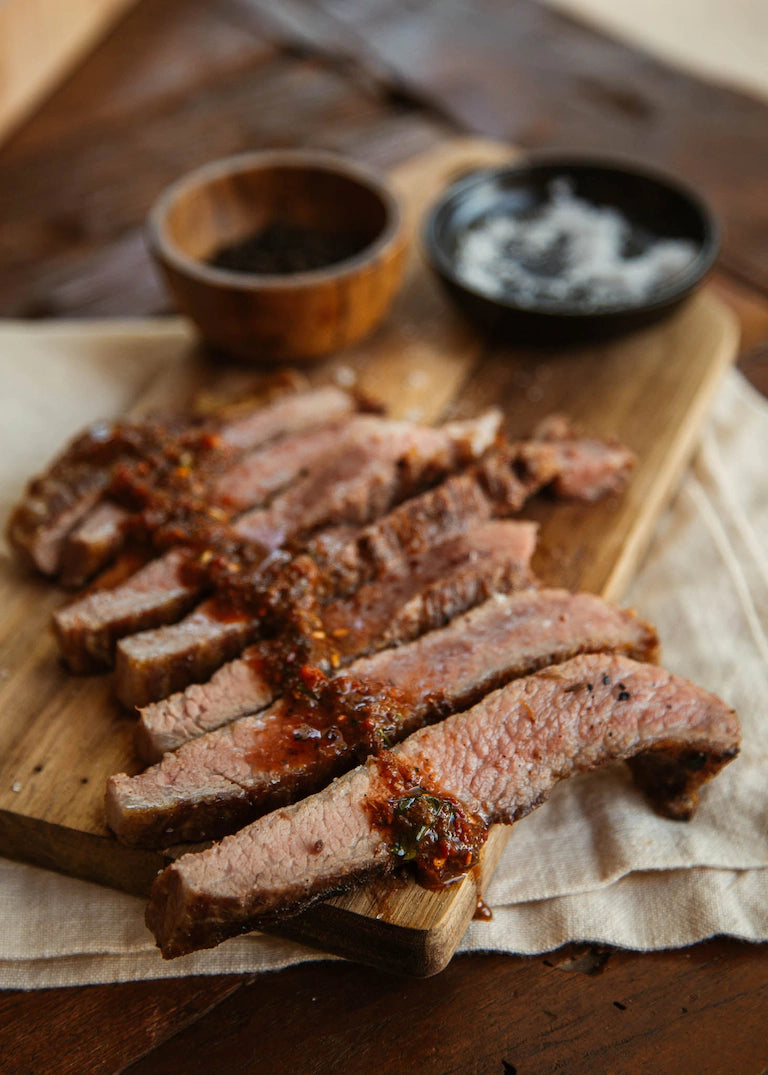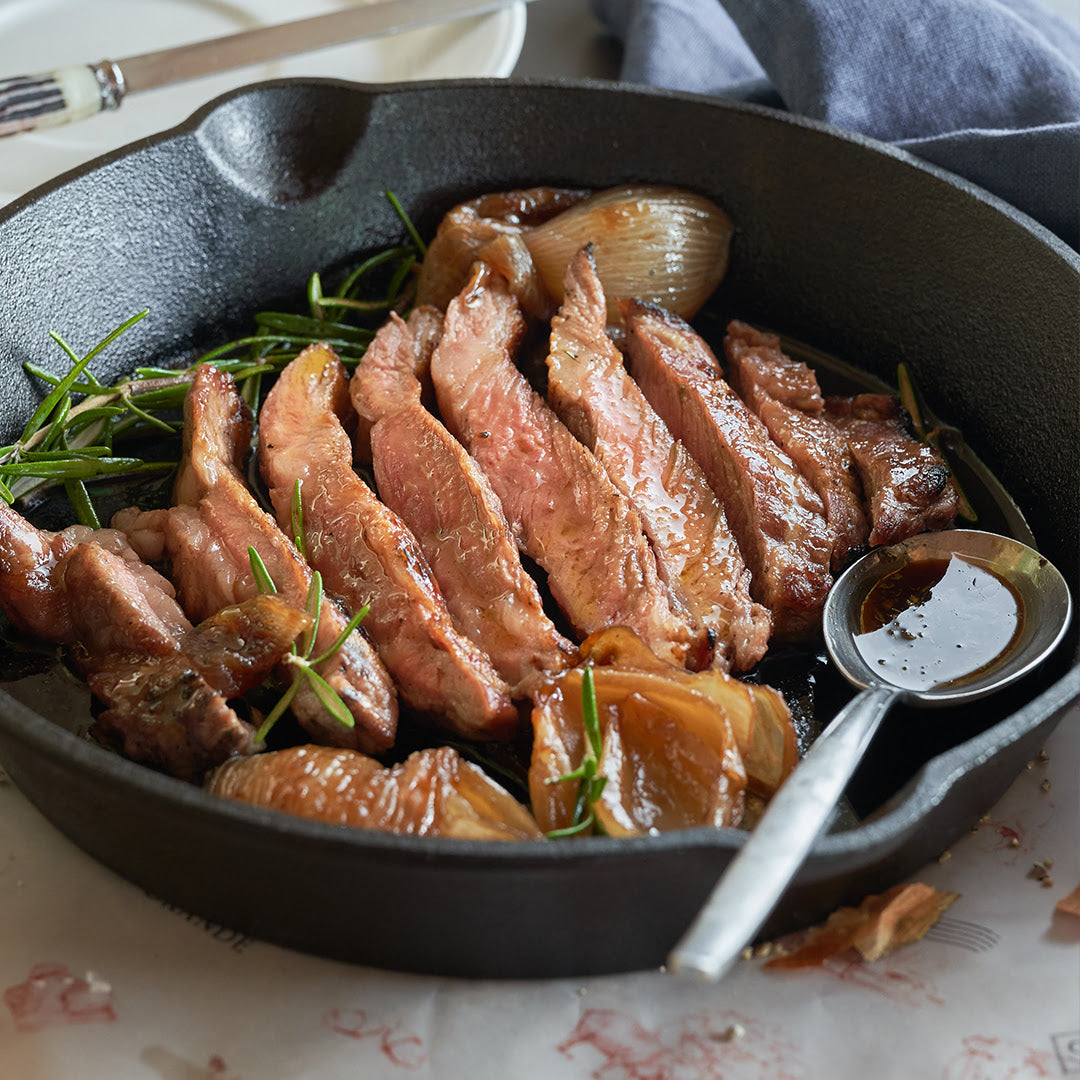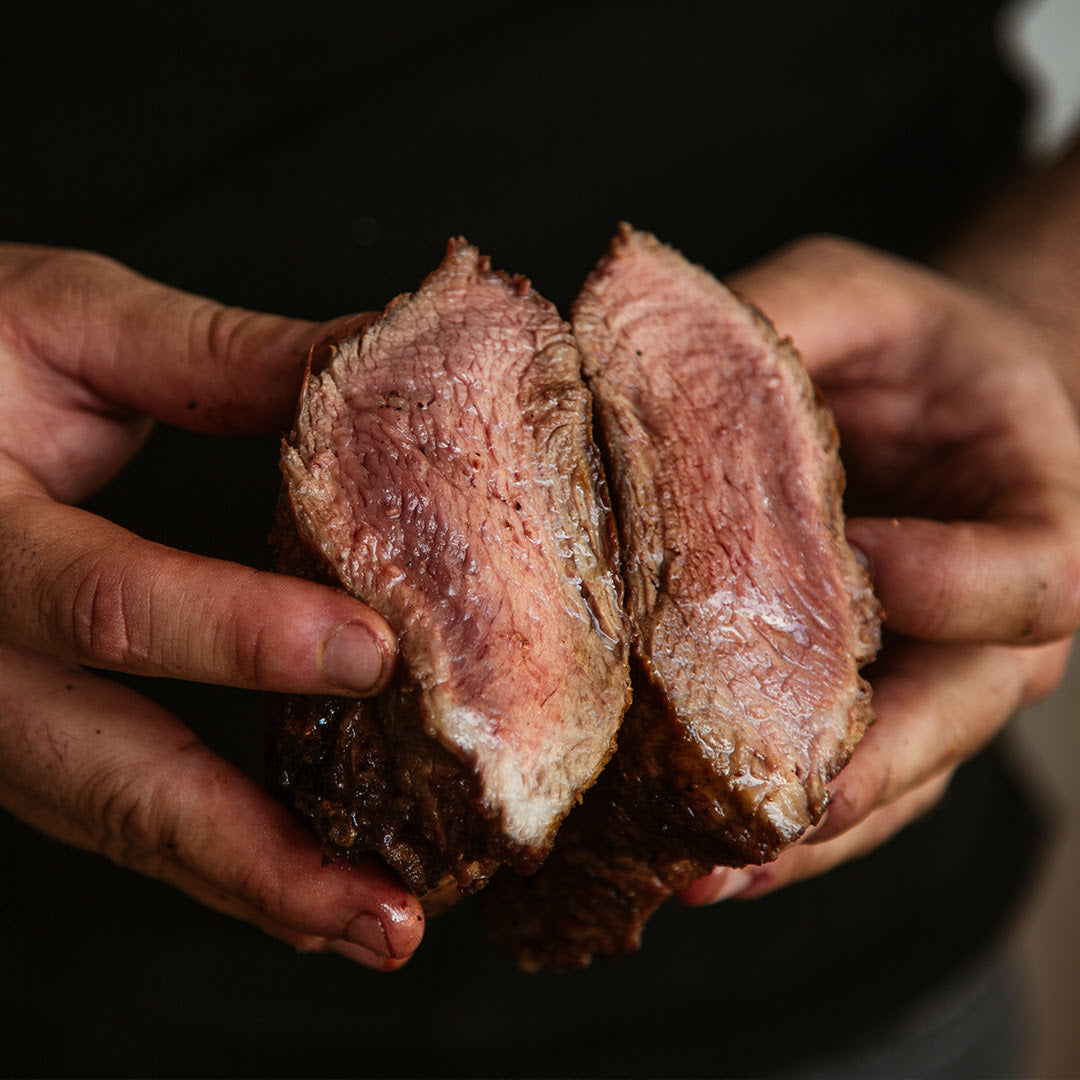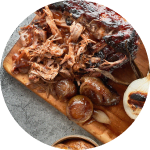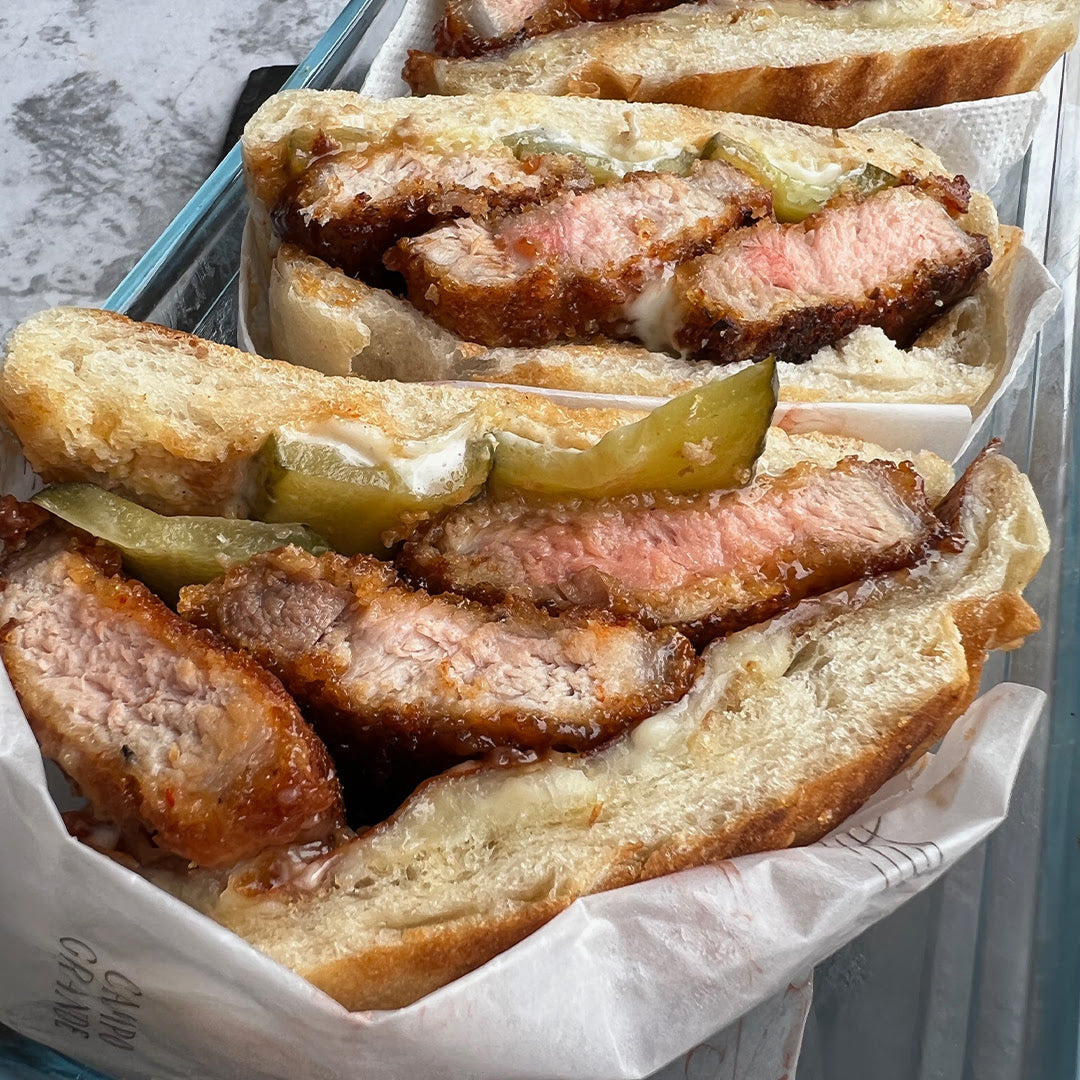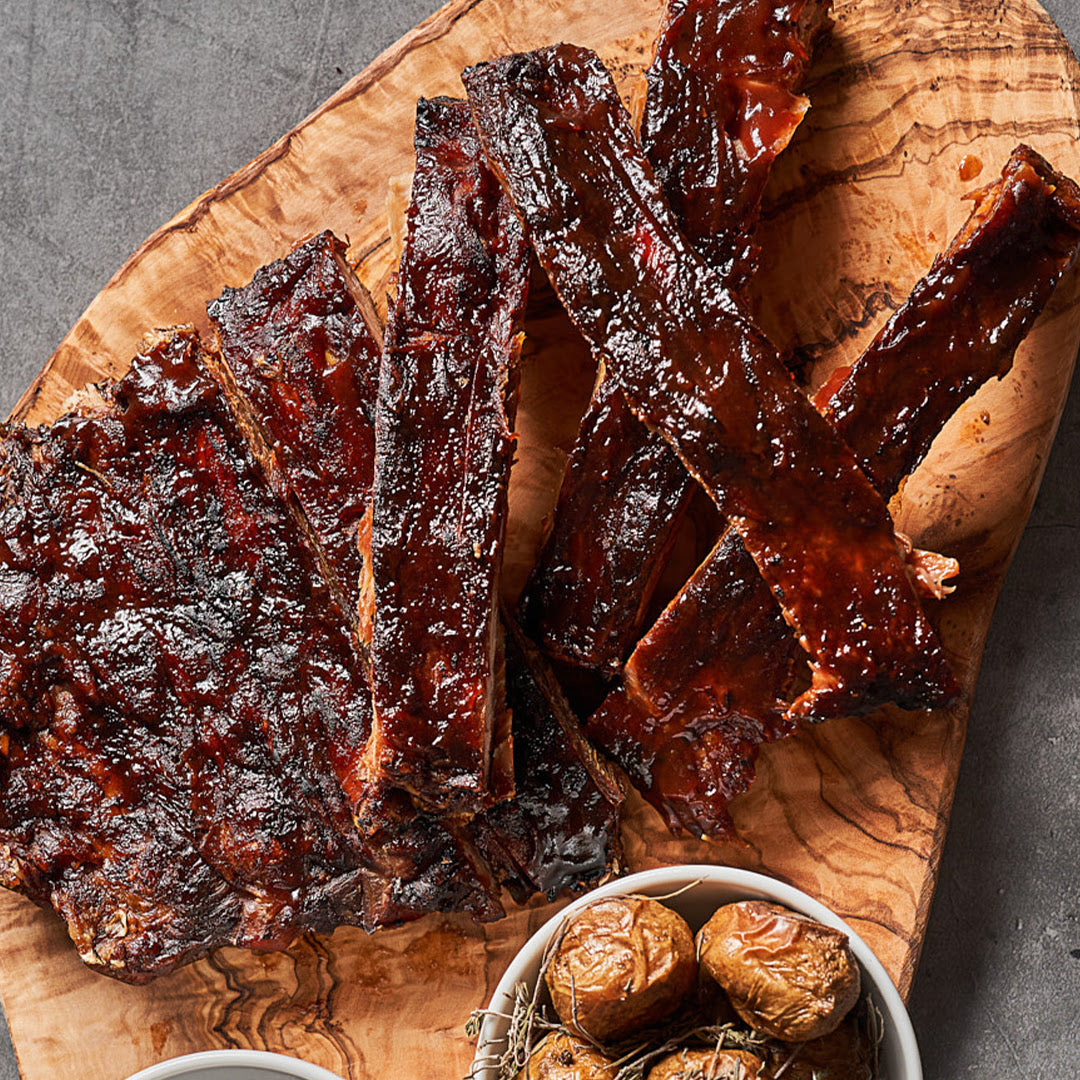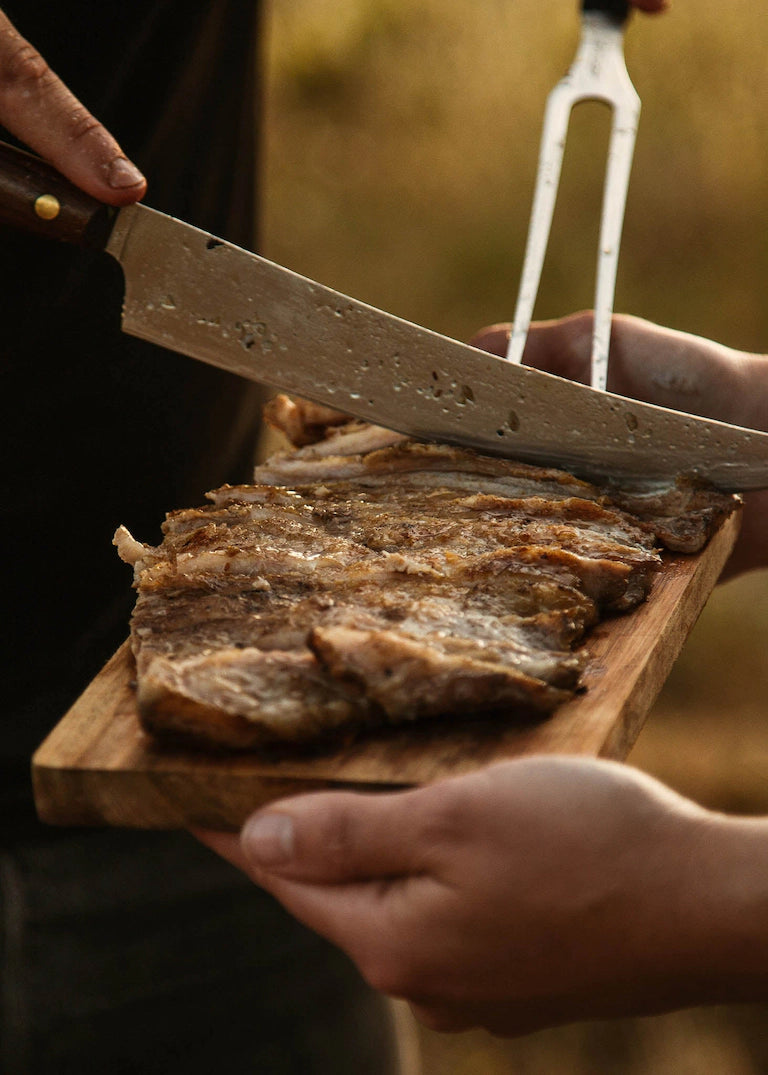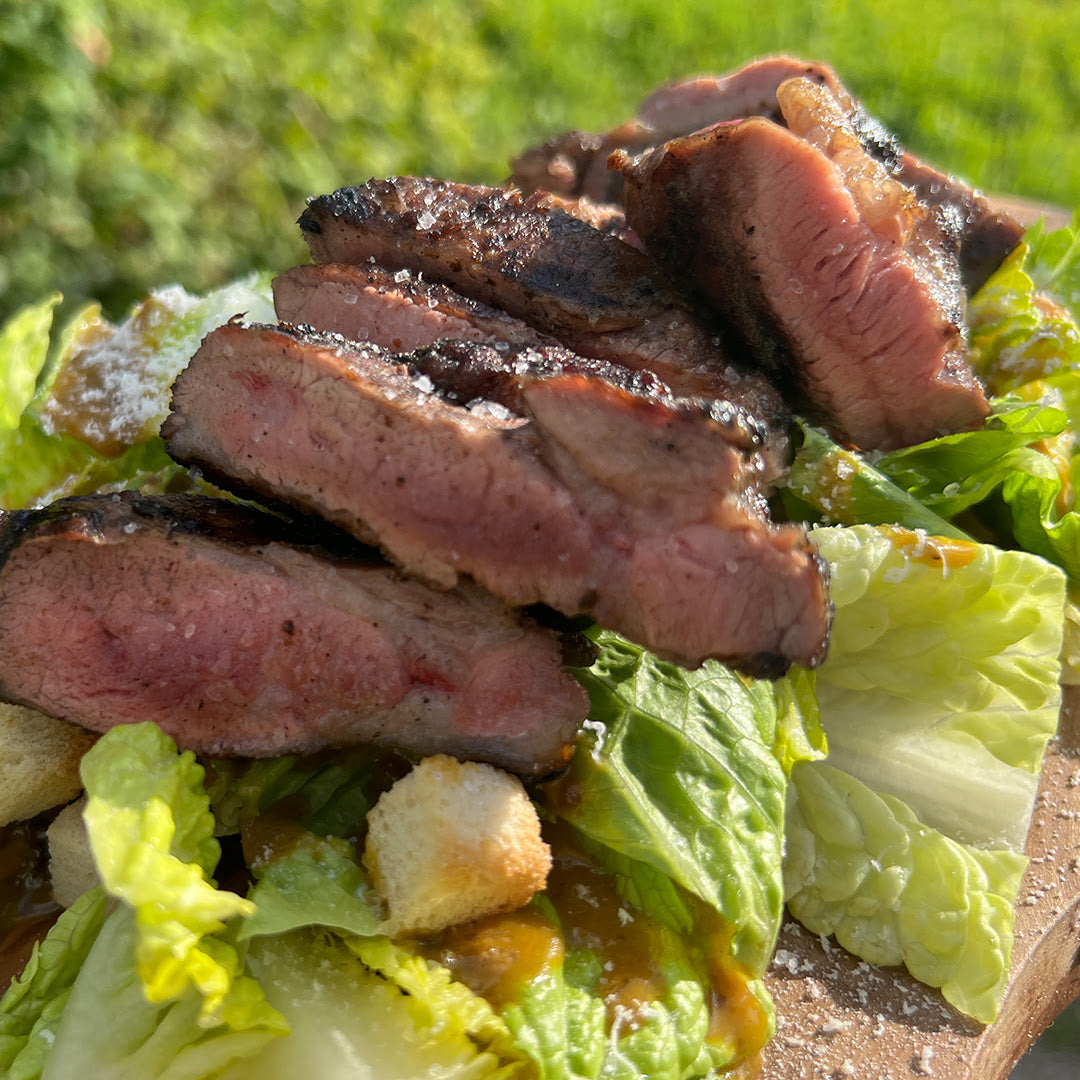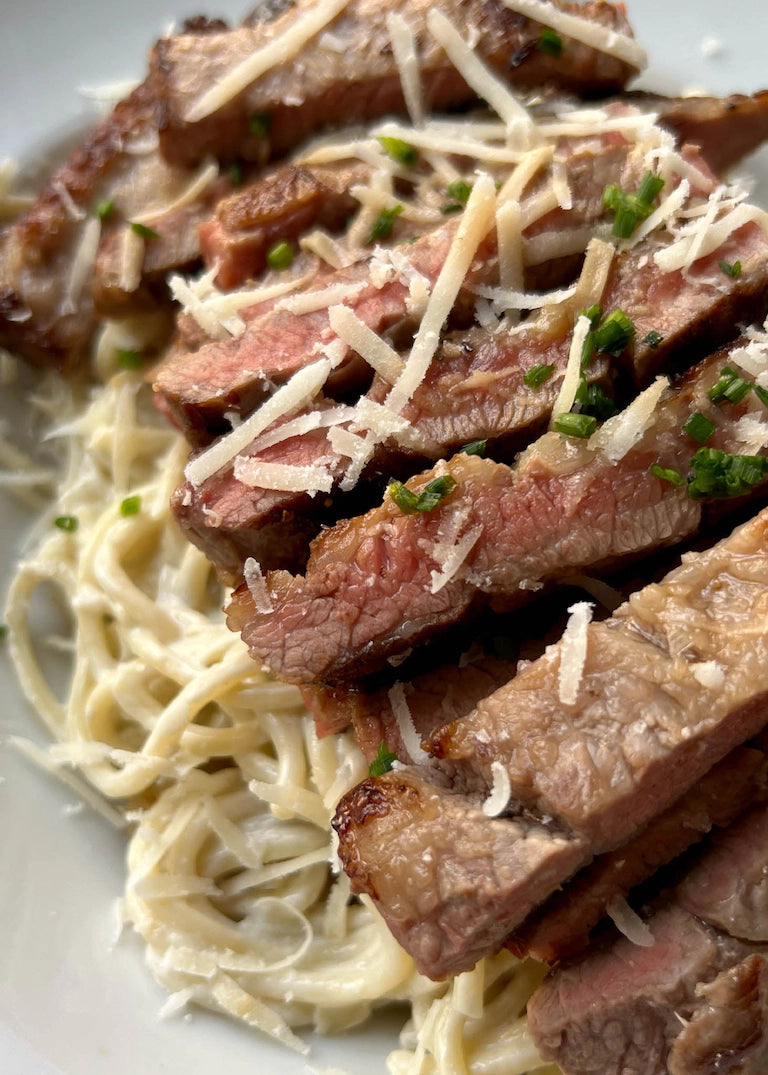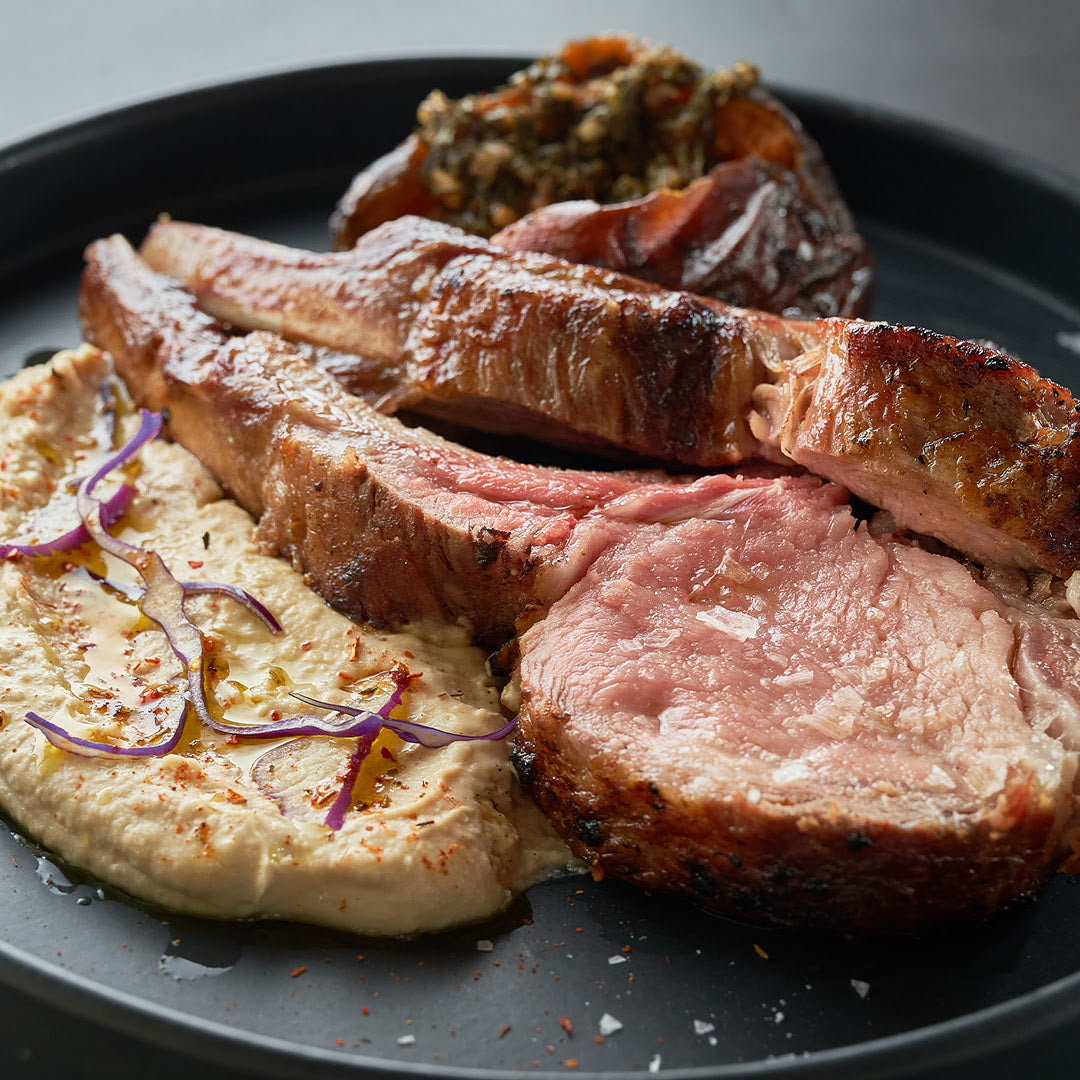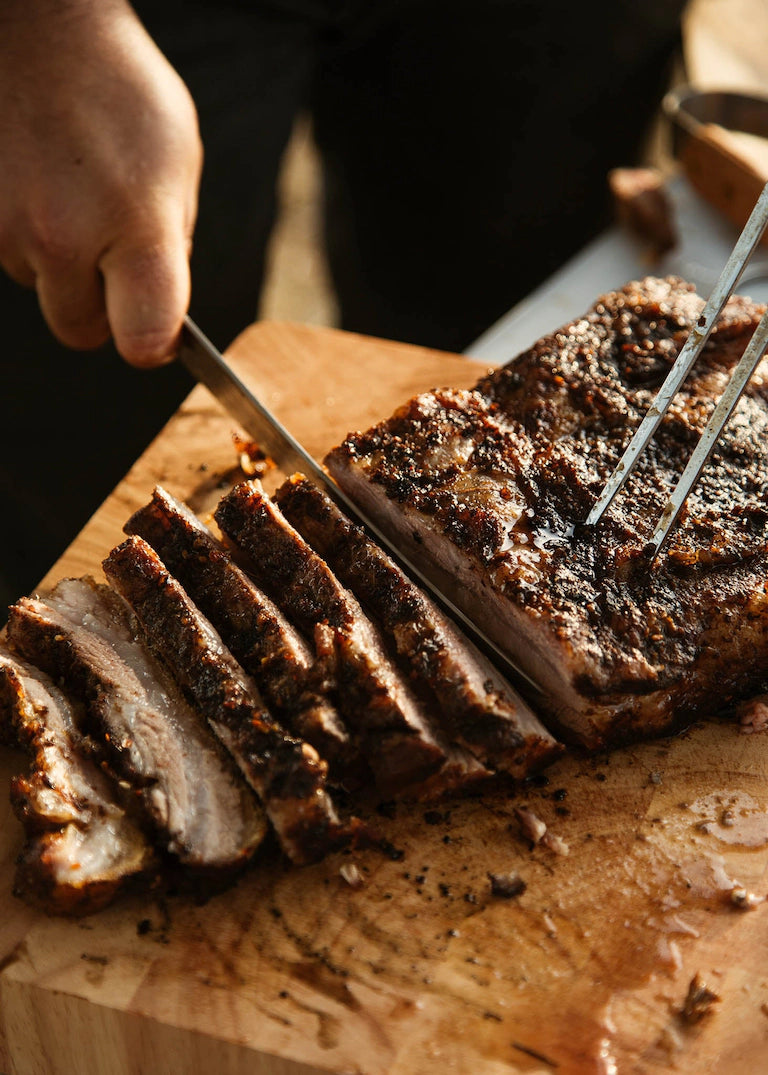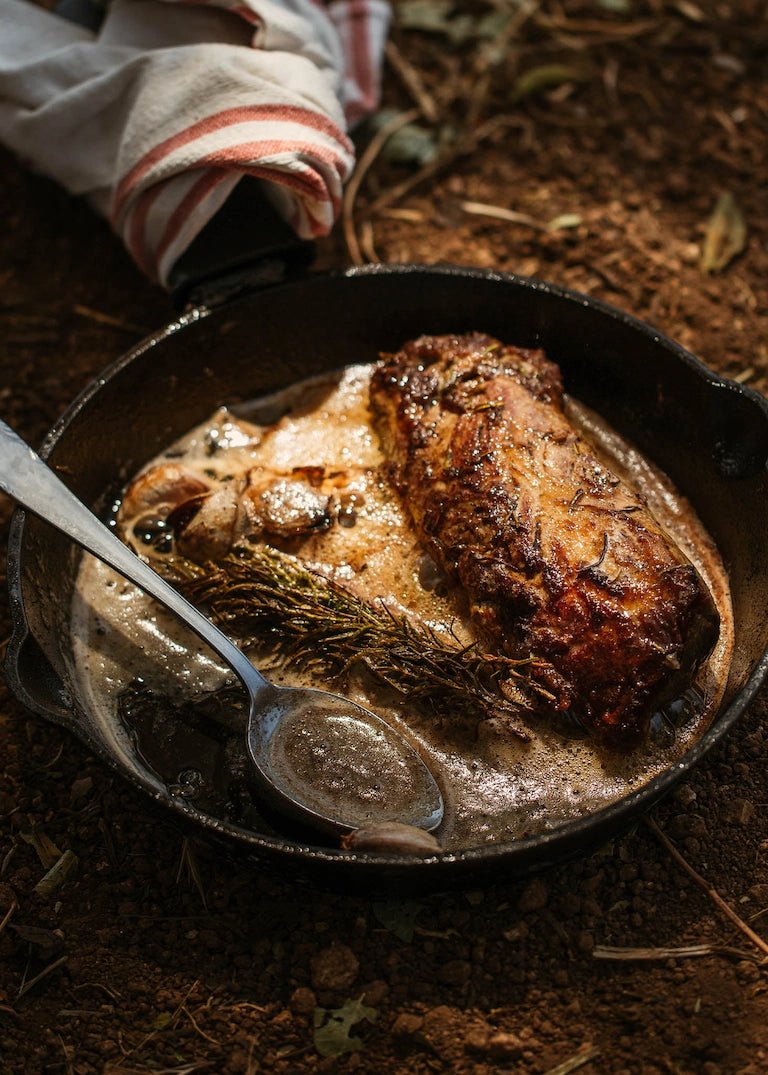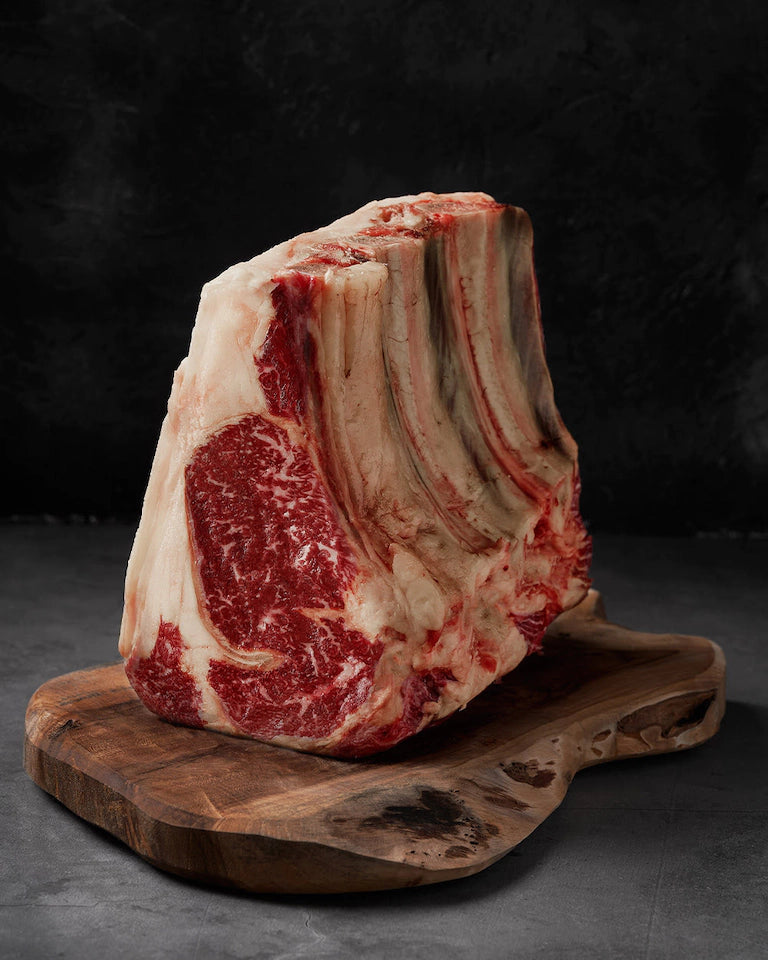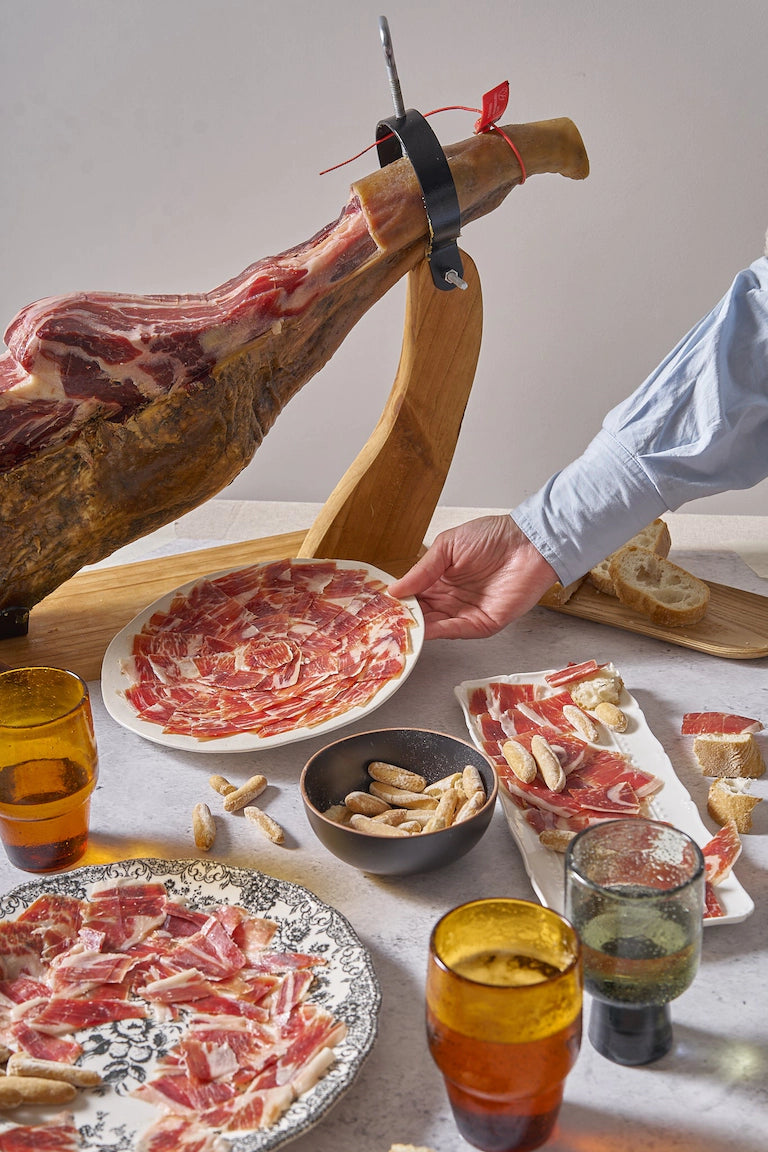
For many years, the world was in a tizzy about animal fats, and well, fats in general. Just take a look at the documentary Fed Up and you’ll see how fat became so demonized that big industrial food companies started taking out the fat and compensating with loads of sugar, only worsening the American health crisis. But the reality is, we have been eating animal fats since the beginning of time. As Dr. Anthony Gustin, an expert in healthy fat and nutrition, says, “We've been eating animal fat for millions of years with extremely low if not absent heart disease rates.” So what happened?
Well, we started eating animals that just don’t live like they did even less than a century ago. We fed them poorly, we raised them poorly, and now we too eat poorly.
Ruminant Animals

When it comes to the animals we eat, we can categorize them into many forms, but one important way has to do with how they digest food. Ruminant animals, for example, are those with two separate stomachs that can digest grass. Think cows, goats, sheep— those grazing animals you’ll see out in the pastures or in the case of goats, climbing around treacherous rocks for spiky shrubs and brush.
That’s great news for us as humans, because we can’t digest grass at all, but we can digest the animals that eat it! The ideal life for a ruminant animal is a free-range, all-day graze-fest. That means no grains, no corn, and no soy. Just lots of green grass goodness and nothing else.
Monogastric Animals

Monogastric animals on the other hand are animals with one stomach, like poultry and pigs. These guys can and will digest a whole slew of food (hence the phrase “eat like a pig”), but like humans, they only have one stomach. And that means they can’t fully digest all grasses.
To get a super delicious pork filet or chicken thigh in the healthiest, free-range environment, the best method is to let them run around and gather all kinds of nuts, seeds, bugs, or whatever else they can find. But because they can’t live on grass alone like ruminant animals, free-range monogastric animals usually need some kind of supplement to their diet. That’s where feed often comes in.
What Farmed Animals Really Eat

Unfortunately, these “ideal” ways of living are practically a pipedream in the United States. Using data from the Census of Agriculture and EPA, the Science Institute estimates that 99% of all U.S. farmed animals are living in factory farms.
What does that mean for these animals? For all of these cows, pigs, and chickens, it means lots of hormones and antibiotics and some super unhealthy growth rates.
For monogastric animals like pigs, it means their feed (yes, even the feed of those “free-range” pigs) is loaded up with cheap grains like soy and corn to fatten them up quickly and cheaply. And for ruminants it can be even worse, as their diets (loaded with soy and corn) are so far off from the grass-fed diets they need.
How Feed Affects Fat
We all know that natural, unprocessed fats are good for us, whereas those that are hyper-processed and stripped of their nutrients are simply, well, not. In other words, dipping our bread in extra-virgin olive oil is far healthier than slathering it in Crisco.
The same goes for animals, meaning healthy foods with all their nutrients allow their bodies to produce the right types of fat they need. No matter how “free-range” the animal is— no matter how many massages you give it or love songs you sing to it— a diet of soy and corn destroys the way the animal processes and develops fats.
PUFA and Linoleic Acid in Pigs

This unhealthy fat development creates a super unhealthy fat profile that translates to you, the consumer. The corn and soy-generated fat in pigs, for example, has a high amount of PUFA (polyunsaturated fats). The most common is one called linoleic acid, which is highly inflammatory. Linoleic acid is what you find in industrial processed oils like vegetable oil. You know, what McDonald’s uses to fry their nuggets and fries.
“Monogastrics can't convert fatty acids like ruminants can, therefore what we feed them is incorporated into their tissues,” says Dr. Gustin. PUFA is inflammatory and when you feed it to animals they incorporate it in their tissues. Then we eat those animals and incorporate into our tissues,” In other words, because of the way animals are fed and raised in the US, the majority of animal fat we consume is indeed harmful to our bodies.
Pork High in Oleic

Ibérico, unlike any other pork, is high in oleic acids. In a nutshell, oleic acid is an unsaturated fatty acid that helps increase good cholesterol and reduce bad cholesterol. It’s famously found in high quantities in extra-virgin olive oil, one of Spain’s other specialties.
It turns out that’s not the only spot on the plate where we find oleic acid. In a study analyzing the subcutaneous fat in Iberian pigs fed with acorns, they found 59.1% oleic acid content and 62% of the total monounsaturated fatty acids, which was significantly high in comparison with other animal fats. And often, these percentages can be even higher. In other words, Ibérico pigs are like olive trees with legs— grazing the Spanish meadows and working up layers of heart-healthy intramuscular fat.
Campo Grande Animal Fat
Unfortunately, the majority of the animal fat consumed in the US is incredibly harmful. The good news is that not all animal fat in the world is created equal, and that’s where Campo Grande comes in. We do specific testing to ensure all of our pork is low in PUFA and linoleic fat, and these tests show that our Ibérico pork contains about half the amount of linoleic acid that you’ll find in industrial pork.
You already know why— it’s all about how our family-owned farms are raising and feeding their animals. And that includes our Vaca Vieja too. After a long life of 100% grass-fed grazing, these cows develop an extremely healthy fat profile and even high levels of beta carotene.
Ready to start eating good, healthy animal fat that’s high in oleic fat? Check out the Ibérico Pork Box or Vaca Vieja Beef Box and get started.
